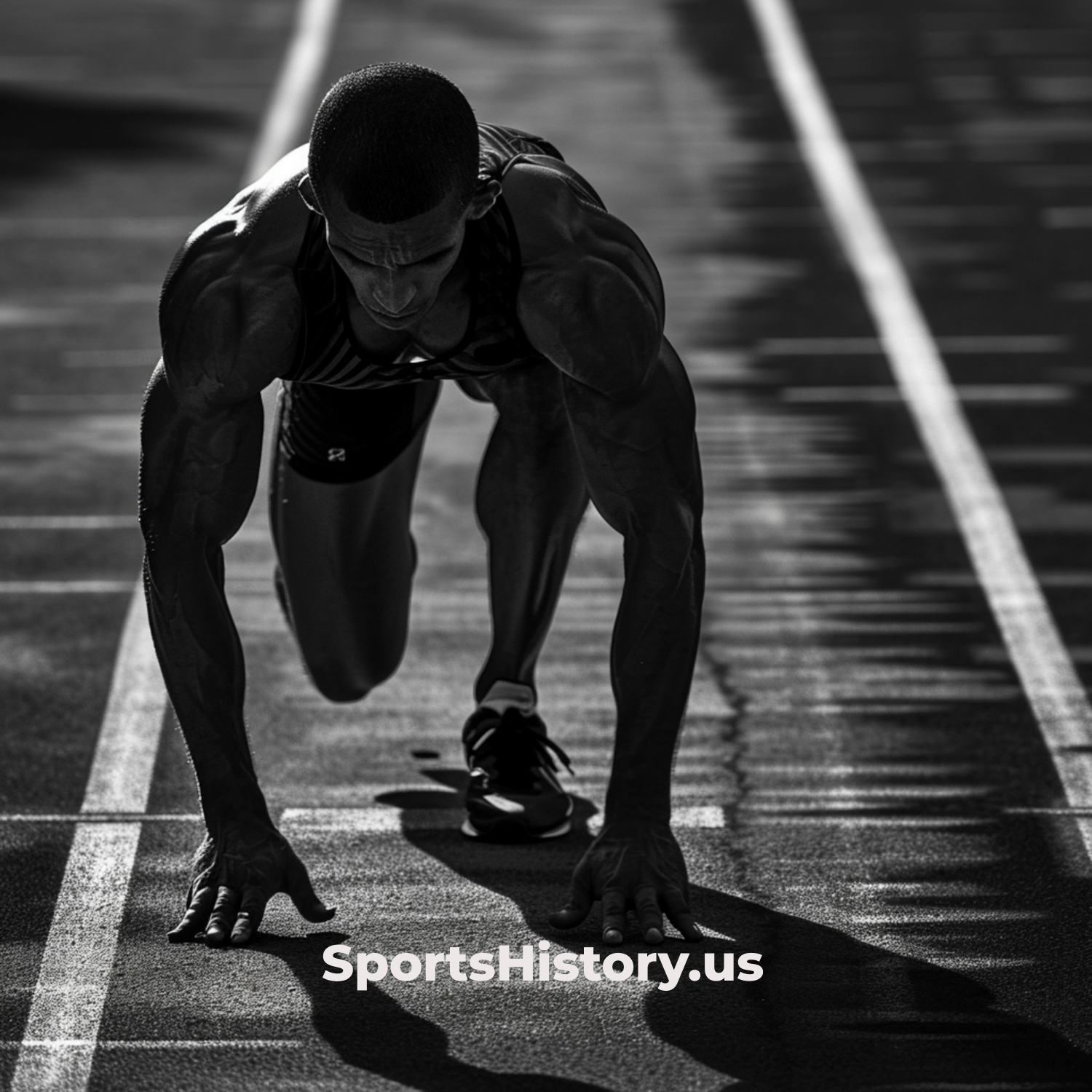Origins and Early Development:
- Ancient Greece: Evidence for the oldest forms of track and field events came from Greece. Such early Olympic Games, way back in 776 BCE, are then made up of a lot of track and field events that may consist of foot races like sprints and long-distance, wrestling, and the pentathlon.
- Ancient Rome and Other Cultures: Activities track and field-like were also in ancient Rome and other cultures. They developed their own variations, and parallel contests were held among the ancient civilisations of Africa, Asia, and the Middle East.
Modern Revival and Standardization:
19th Century: Revival in England – This is where the modern revival of the sport took place. Schools and universities began organizing athletic competitions, probably due to the influence that ideas originating from the ancient Olympic Games had.
1866 – Establishment of the Amateur Athletic Club: The Amateur Athletics Club was established in London in 1866. This really marked the birth of track and field as it is organized today. Finally, this institution initiated rule formalization and setting standards for the sport.
1896: The First Modern Olympics: The first modern Olympic Games took place in Athens, Greece, in 1896. Track and field was at the forefront of athletic competition at these games, subsequently returning the sport to the eyes of the global audience and paving the basis for further international events.
Expansion and Evolution:
Early 20th Century – Growth and Professionalism: In the early part of the 20th century, track and field remained an athletes constant favorite. Control at major athletic calendar fixtures was supplanted by big international events such as the Olympic Games and, in 1983, the first IAAF World Championships.
- 1950s-Present – Records and Innovation: Numerous world records and new events adopting new techniques mark the real chronological development of the sport. It was in this period that athletes like Jesse Owens, Usain Bolt, and Haile Gebrselassie turned immortal in their respective athletics disciplines by stretching human performance to its limits.
Key Features of Track and Field Today:
Events and Disciplines: Track and Field is a diversified array of events, all then being categorized into running, jumping, and throwing disciplines. Running includes sprints such as 100m, 200m, middle distance like 800m, 1500m, and long-distance races like 5000m and 10000m, hurdles, and relays. Jumping includes high jump, pole vault, long jump, and triple jump. Throwing includes shot put, discus throw, javelin throw, and hammer throw.
- Major Competitions: The most famous track and field competitions are the Olympic Games, the World Athletics Championships, and the various continental and regional championships. There is also an annual series of track and field meetings known as the Diamond League that attracts the world’s biggest talents.
- Technology and Media: Track and field has embraced technology pretty well, as seen in innovations such as electronic timing, photo-finish cameras, and very sophisticated statistical analysis. It also enjoys good media coverage, including events broadcast on a global scale and online streaming options available.
- Youth and Grassroots Development: Track and field has remained one of the most popular sports at the youth and grassroots levels of participation, with a variety of programs and organizations meant to foster the young athlete. The school and collegiate competitions groom talent and possibly even create routes into professional athletics.
Modern Trends and Challenges:
- Diversity and Inclusion: Athletics has done a lot in terms of increasing diversity and creating inclusivity in that the sport has seen many athletes from all walks of life become champions in the sport. Further work is being done to make sure underrepresented groups are represented more at the highest levels within the sport.
- Health and Safety: Although athlete health and safety issues still remain a challenge to the modern track and field environment, considering prevention and management of injuries, enhancing athlete well-being and performance remains the target of several decades of evolution in sports science and medicine.
The history of track and field is a considerable reflection of how athletic activities started in ancient times and evolved into the multicultural, multifaceted, and multilevel sport it is nowadays. Real milestones punctuated its evolution from the revival of the modern Olympic Games through the creation of international championships to continuous changes in technology and performance.

